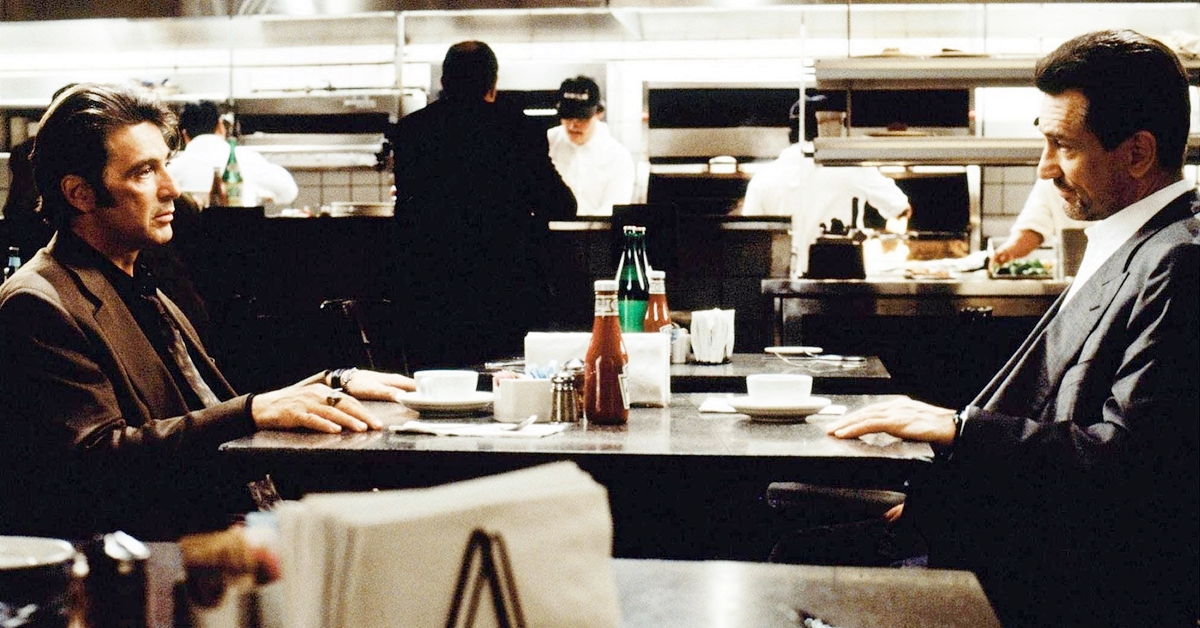Featuring one of the greatest acting lineups in the history of film, Heat first burst into our cinemas in 1995 – and very quickly became many people’s choice for the greatest crime movie of all time.
Despite the fact that they both appeared in The Godfather Part II, Heat saw Al Pacino and Robert De Niro share a scene for the very first time, and what a legendary scene it was.
Below are 20 things you probably didn’t know about Michael Mann’s crime masterpiece, and while we’re here, let us also remind you to “never let yourself get attached to anything you are not willing to walk out on in 30 seconds flat if you feel the heat around the corner.”
20. The film is based on the pursuit of a real-life career criminal
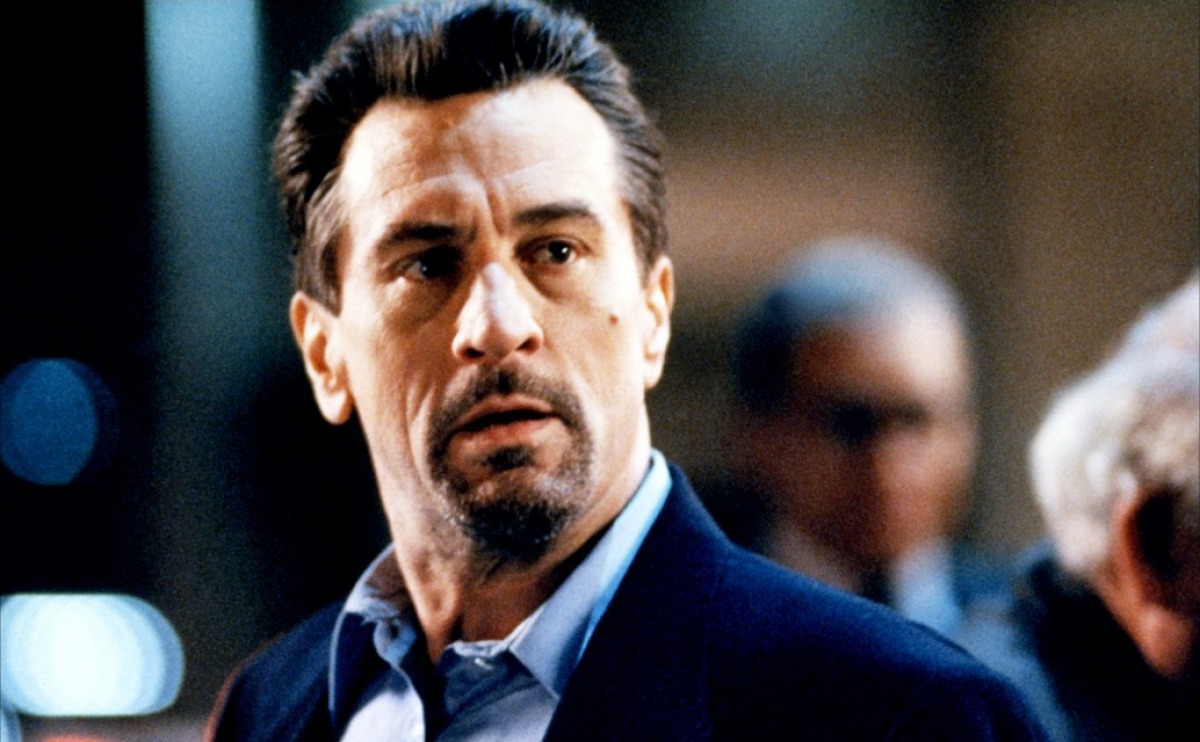
For all its action-packed theatricality, Heat is actually based on the true story of the pursuit and capture of a real-life career criminal.
[rtk_adunit_top]
Al Pacino’s character Lt. Hanna was based on Chicago police officer Chuck Adamson, who spent years tracking crime veteran Neil McCauley.
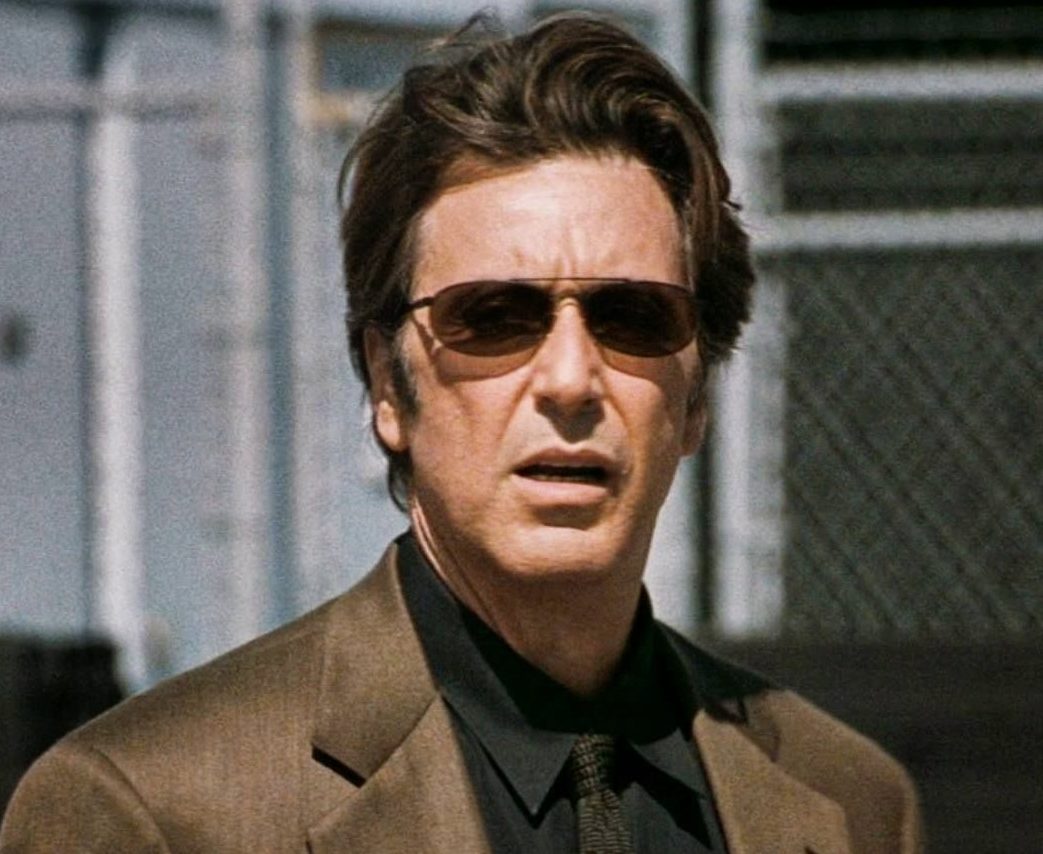
Unsurprisingly, De Niro’s character in Heat – also called Neil McCauley – was based on this elusive career criminal.
[rtk_adunit_middle]
The real-life McCauley was a former Alcatraz inmate who immediately continued his life of crime upon his release from prison in 1962.
Adamson and McCauley even met for coffee once, with much of the dialogue in De Niro and Pacino’s face to face being based on this real-life conversation.
[rtk_adunit_bottom]
De Niro and Pacino’s coffee scene is one of the most iconic parts of the whole film and marked the first time the two acting greats appeared on screen together.
19. Heat was originally meant to be a TV series
Not many people know that Heat is essentially a remake of a TV show that Michael Mann worked on in the 80s.
[rtk_adunit_top]
The series was not picked up by a TV network, but the pilot was eventually released in 1989 as a standalone TV movie called L.A. Takedown.

L.A. Takedown saw Scott Plank take on the role of Lt. Vincent Hanna, which ultimately went to Al Pacino in the film adaptation.
[rtk_adunit_middle]
Alex McArthur played ‘Patrick McLaren’ in the TV show – a character that would be renamed Neil McCauley when Robert De Niro later took the role on.
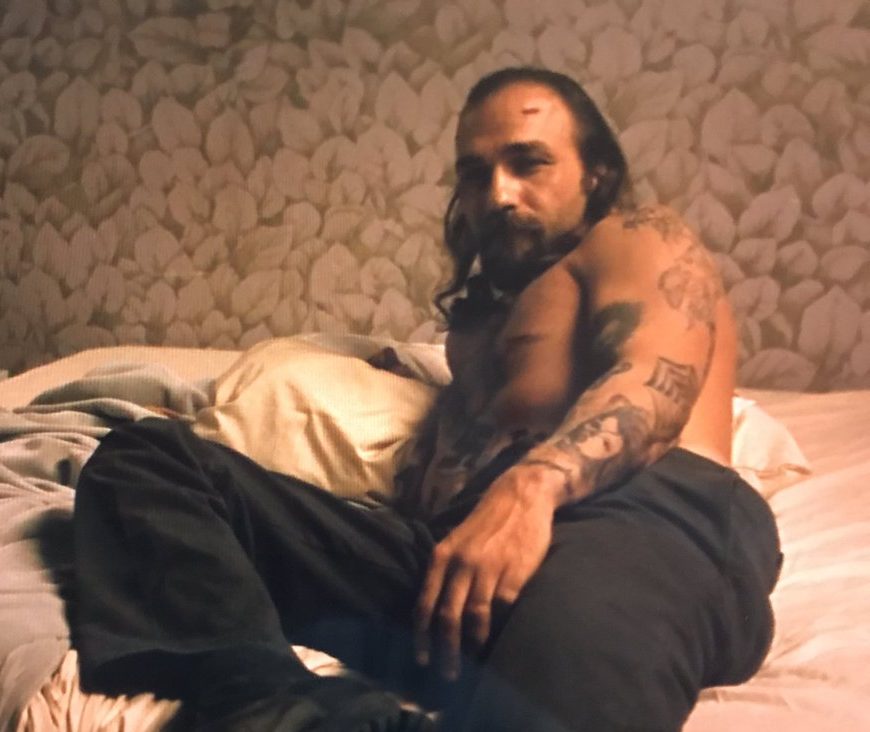
Xander Berkeley, who plays Ralph in Heat, is the only actor to appear in both the film and the TV show.
[rtk_adunit_bottom]
In the TV version, Berkeley played Waingro – a character played by Kevin Gage in the film – but in Heat he played the relatively minor role of the lover of Hanna’s wife.
18. Keanu Reeves was dropped from the film when Val Kilmer became available
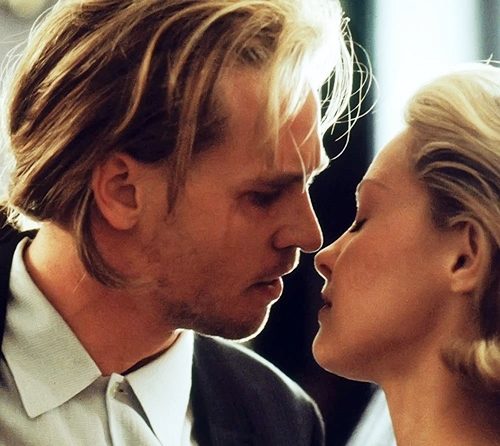
Val Kilmer was always Mann’s first choice to play Neil McCauley’s accomplice Chris Shiherlis.
[rtk_adunit_top]
But it initially seemed as though Kilmer wouldn’t have the time to take on another project after he signed up to play Batman in Batman Forever.
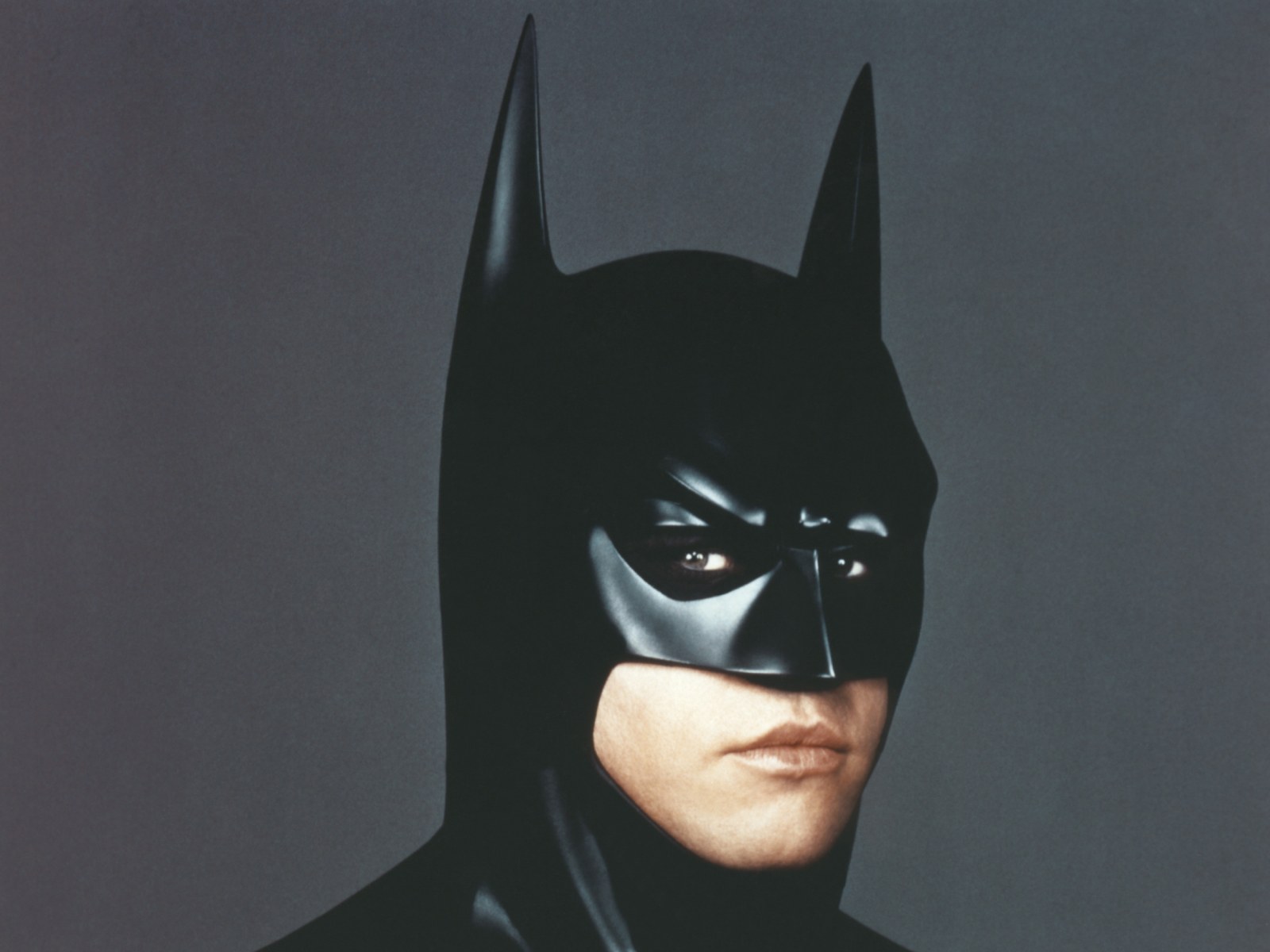
Mann then approached Keanu Reeves about playing Chris Shiherlis, who was happy to play the role and told Mann as such.
[rtk_adunit_middle]
However, Kilmer was eventually able to fit both films into his schedule – meaning that Reeves had to be shown the door.

Given Reeves’ talent for playing action roles, it’s possible that he would have been just as good as Kilmer was as Shiherlis.
[rtk_adunit_bottom]
Reeves instead went on to star in A Walk in the Clouds in 1995, starring as army veteran Sgt Paul Sutton.
17. The cast interviewed real career criminals for research
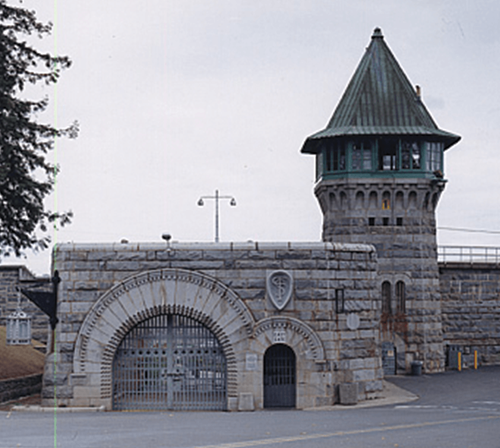
To prepare them for their roles as hardened criminals, Michael Mann took Robert De Niro, Tom Sizemore and Val Kilmer to Folsom State Prison so they could interview real criminals.
[rtk_adunit_top]
Not only that, but Ashley Judd had meetings with a number of former prostitutes who were now housewives, to help her prepare for her role as Charlene.
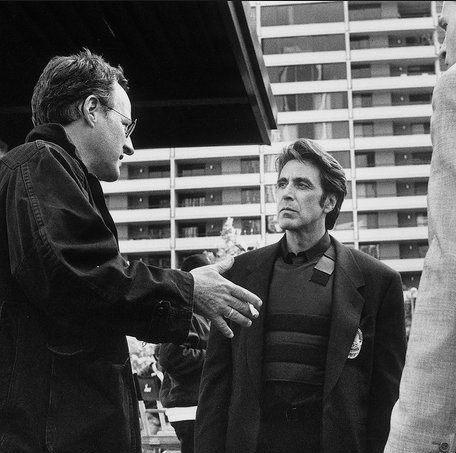
None of this prep was necessary for Danny Trejo, who simply drew on own his real-life experience as a former inmate at Folsom.
[rtk_adunit_middle]
The majority of Trejo’s youth had been spent flitting in and out of prisons. The actor then completed a rehabilitation programme in the late 60s.

Trejo got into acting with the help of Edward Bunker, another former career criminal who turned his life around and subsequently got into the film industry.
[rtk_adunit_bottom]
Trejo was initially brought in as a consultant for Heat in 1995, but so impressed Mann that he was eventually offered a role in the film.
16. Former British soldier turned novelist Andy McNab was a technical adviser on the film
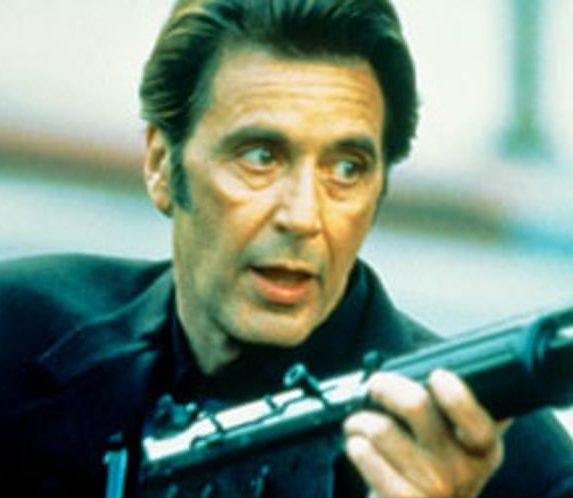
In order to make the film’s famous street shootout as realistic as possible, producers hired a former British Army infantry soldier as a technical weapons trainer and adviser.
[rtk_adunit_top]
The adviser in question was Steven Billy Mitchell, who is better known by his pseudonym Andy McNab.
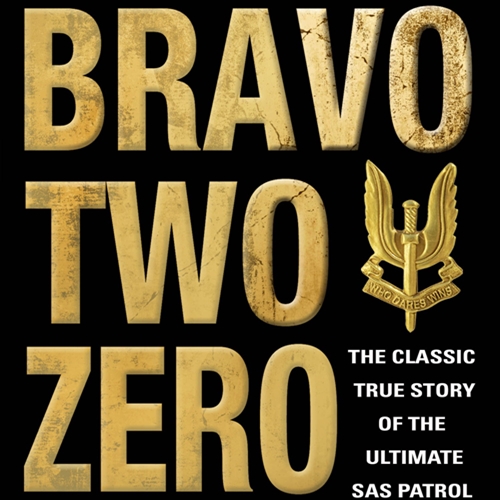
Mitchell published a series of best-selling novels under the name Andy McNab wherein he detailed his experiences in the military.
[rtk_adunit_middle]
Mitchell trained the actors with live ammunition for three months before they started filming the bank robbery sequence.
“Some gun association rated it the most realistic screen gunfight ever,” Mitchell recalled in The Independent in 1997.
[rtk_adunit_bottom]
Mann also thoroughly researched the film, going as far as spending several weeks shadowing Los Angeles cop Tom Elfmont.
15. Members of the cast cased a real bank in preparation for the heist sequence
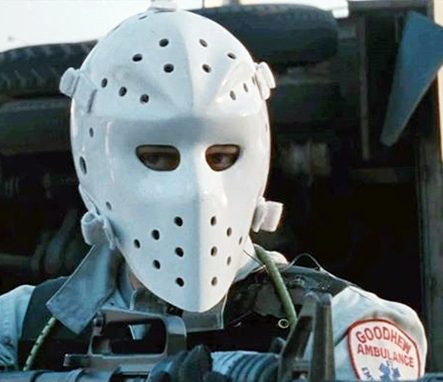
As well as receiving personal training from an ex-soldier, the cast cased a real bank in preparation for their respective roles in Heat.
[rtk_adunit_top]
They surprisingly managed to pull this off without raising any suspicion, leaving the bank having assessed key details about the building.

The actors managed to note down details such as the number of guards working there; the location of all the security cameras; and the number of exits in the building.
[rtk_adunit_middle]
Tom Sizemore, who plays Michael Cheritto in the film, went as far as entering into a discussion about taking out a loan with one of the bank’s employees.
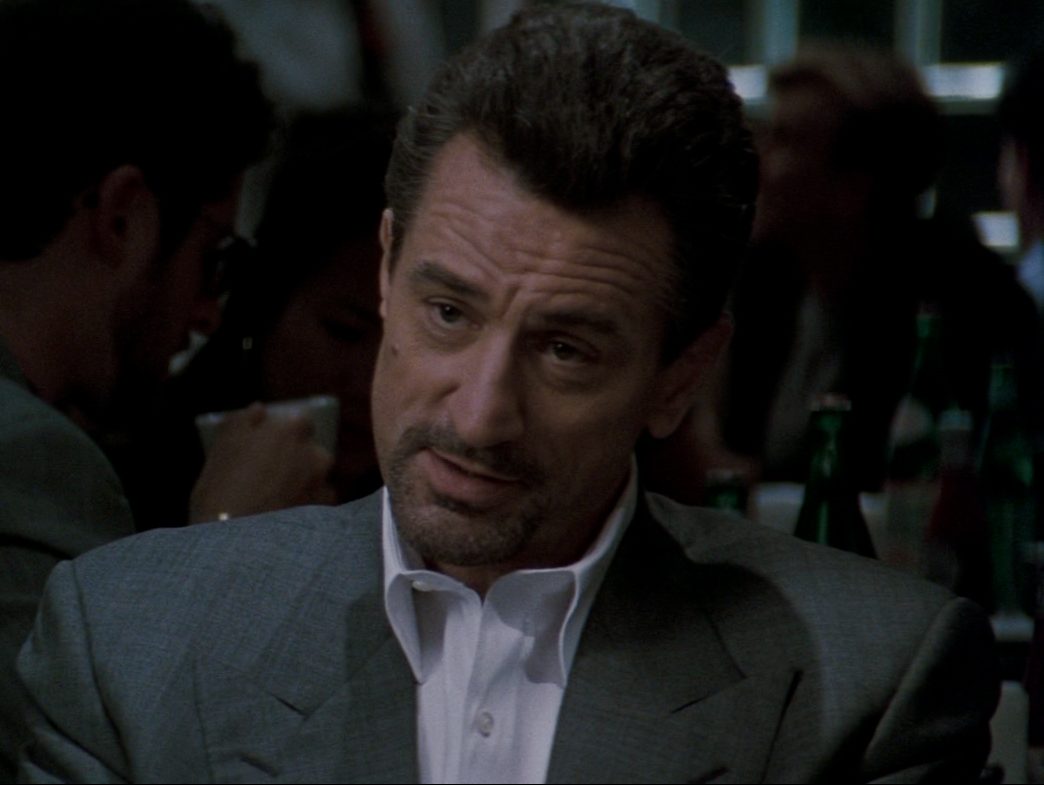
It’s clear that this level of dedication to preparing for their respective roles paid off.
[rtk_adunit_bottom]
The film has been praised for its accuracy, with the movie’s heist scenes in particular lauded by critics for their attention to detail.
14. All of the film’s gunfire was recorded live

Most films add gunfire sounds in post-production, but in striving for full authenticity Michael Mann decided to record all of Heat’s weapon noises completely live.
[rtk_adunit_top]
This decision led to the tricky task of having to carefully place microphones around the actors whilst filming the shootouts.

As most action films sub in gunfire noises during the editing process, Mann’s decision to record the noises live made Heat stand out from other action movies.
[rtk_adunit_middle]
Taran Butler, a professional shooter who has worked on a range of films as a firearms advisor, heaped praise on Mann’s decision.
“He recorded actual live fire on set, to get that echo through the streets, and that’s why the action sounds so ominous and scary,” he explained to Task & Purpose in July 2020.
[rtk_adunit_bottom]
“You know, when you’re around gunfire without muffs on, or you’re ever downrange, you get that chilling feeling,” Butler explained.
13. Robert De Niro and Al Pacino did not rehearse the iconic diner scene

It may come as a surprise to learn that one of the most iconic scenes in the history of cinema wasn’t rehearsed even once.
[rtk_adunit_top]
But that is indeed the case with Robert De Niro and Al Pacino’s legendary diner conversation in Heat.
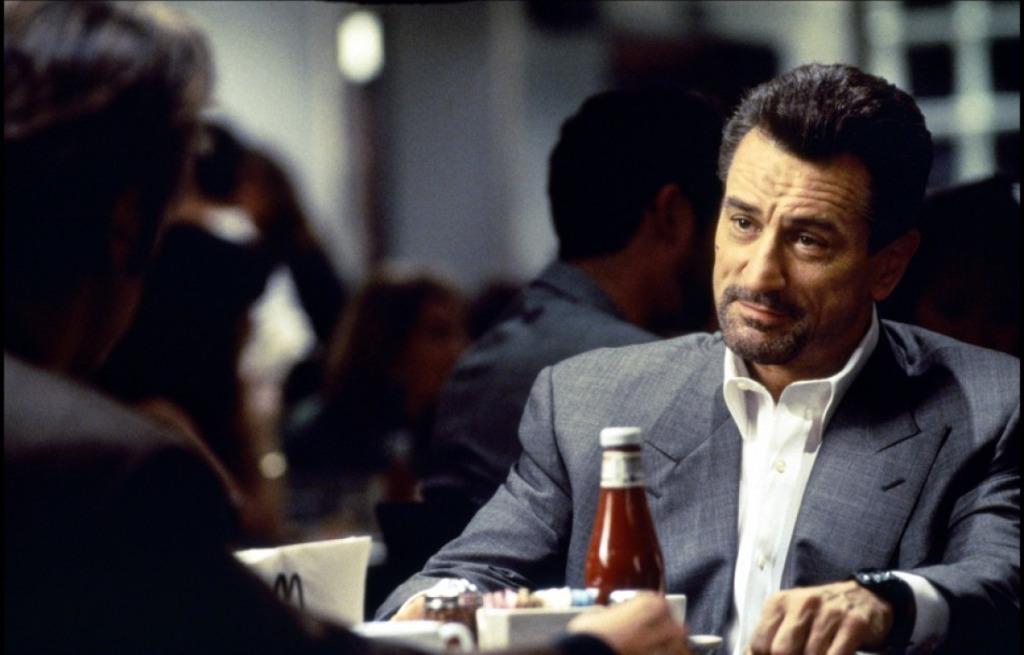
“We decided that we just wanted to talk it through and just save it for the event of shooting it,” Michael Mann has been quoted as saying.
[rtk_adunit_middle]
He continued: “But I tend to not want to rehearse things to the point where I wish I had shot it.
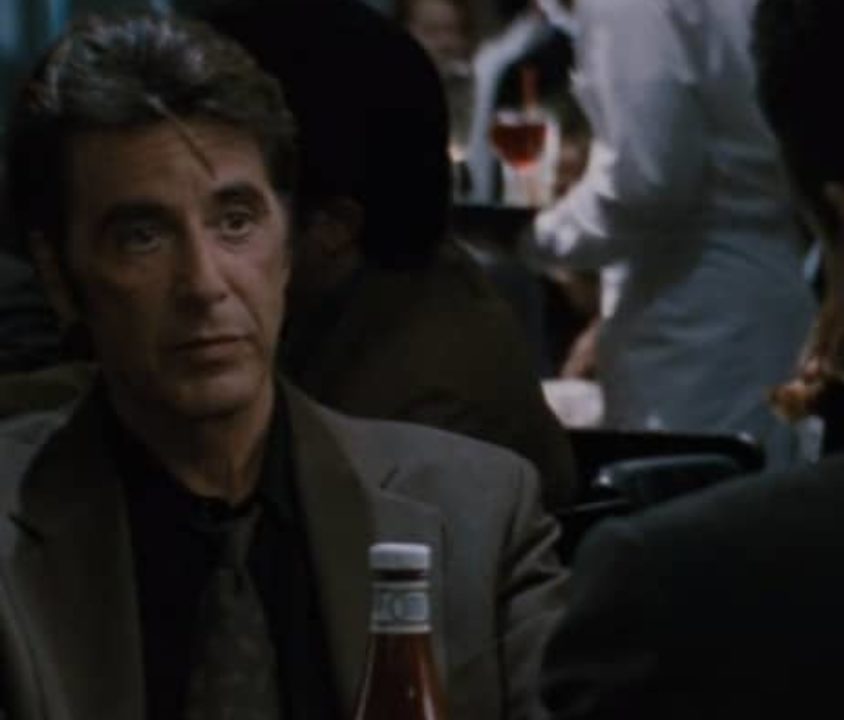
“I think things work perfect once, and they’ll never be 100% twice. And you want that happening in front of the camera.”
[rtk_adunit_bottom]
The scene marked the first time De Niro and Pacino appeared side by side on screen together.
12. A number of subsequent real-life robberies apparently took inspiration from the film
A number of Heat’s most famous sequences are said to have inspired real-life crimes, including armoured car robberies in South Africa, Denmark and Columbia.
[rtk_adunit_top]
Perhaps the most famous of the so-called inspirations, however, was the 1997 robbery of the North Hollywood branch of the Bank of America.
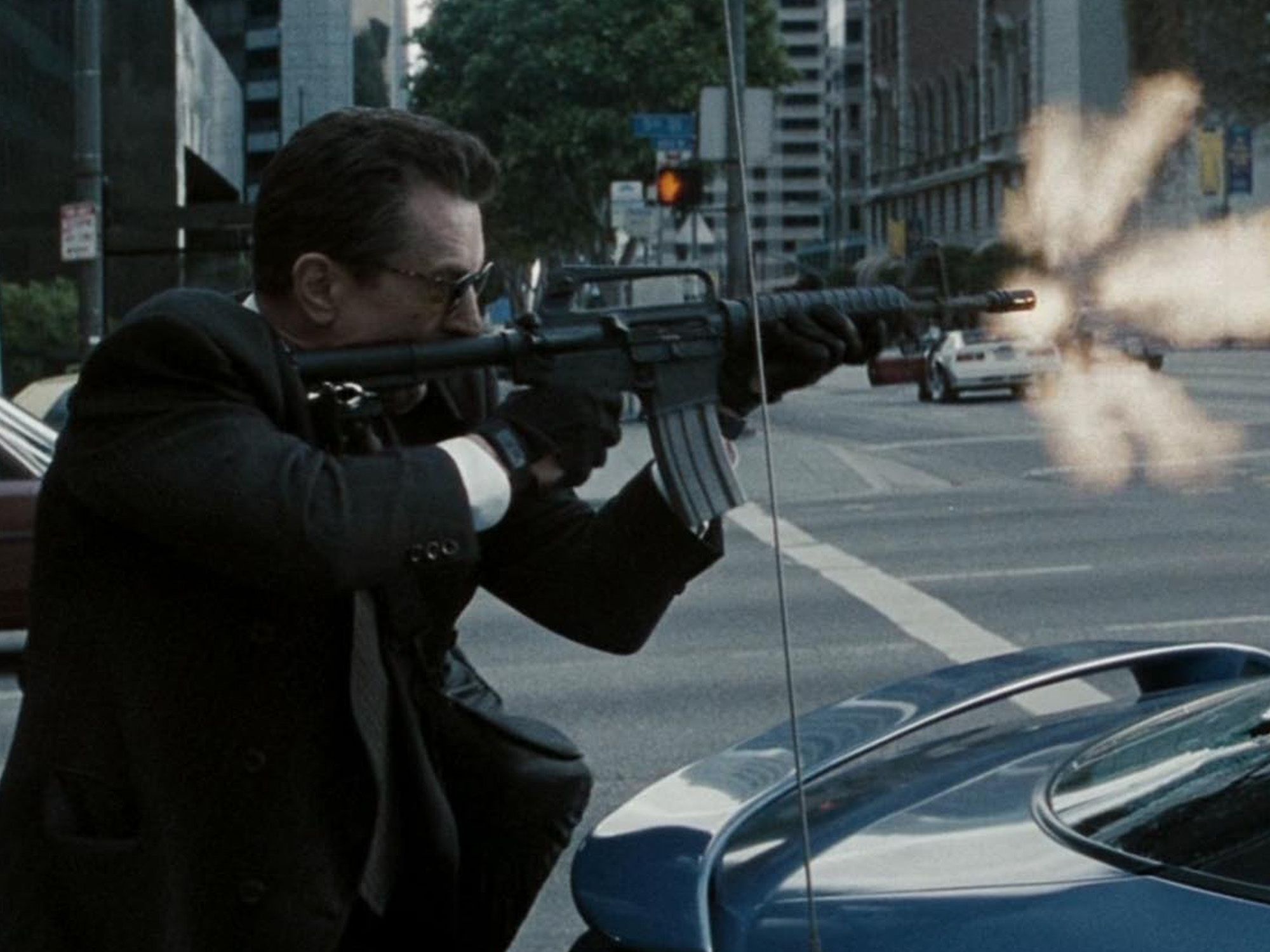
As in the film, this led to a six hour melee including a tense 44-minute shootout on the streets that saw both robbers killed.
[rtk_adunit_middle]
12 police officers and 8 members of the public were injured in the chaos, but thankfully no officers or civilians died.

The entire thing was broadcast live on all of the major TV stations in Los Angeles. “Never in the history of this city have I seen anything like this,” commented Leroy Orozco, a retired Los Angeles police officer, on the dramatic shootout.
[rtk_adunit_bottom]
One of the robbers was said to have owned a copy of Heat, and the film was often referenced during coverage of the event.
11. The restaurant where De Niro and Pacino meet closed a few years ago
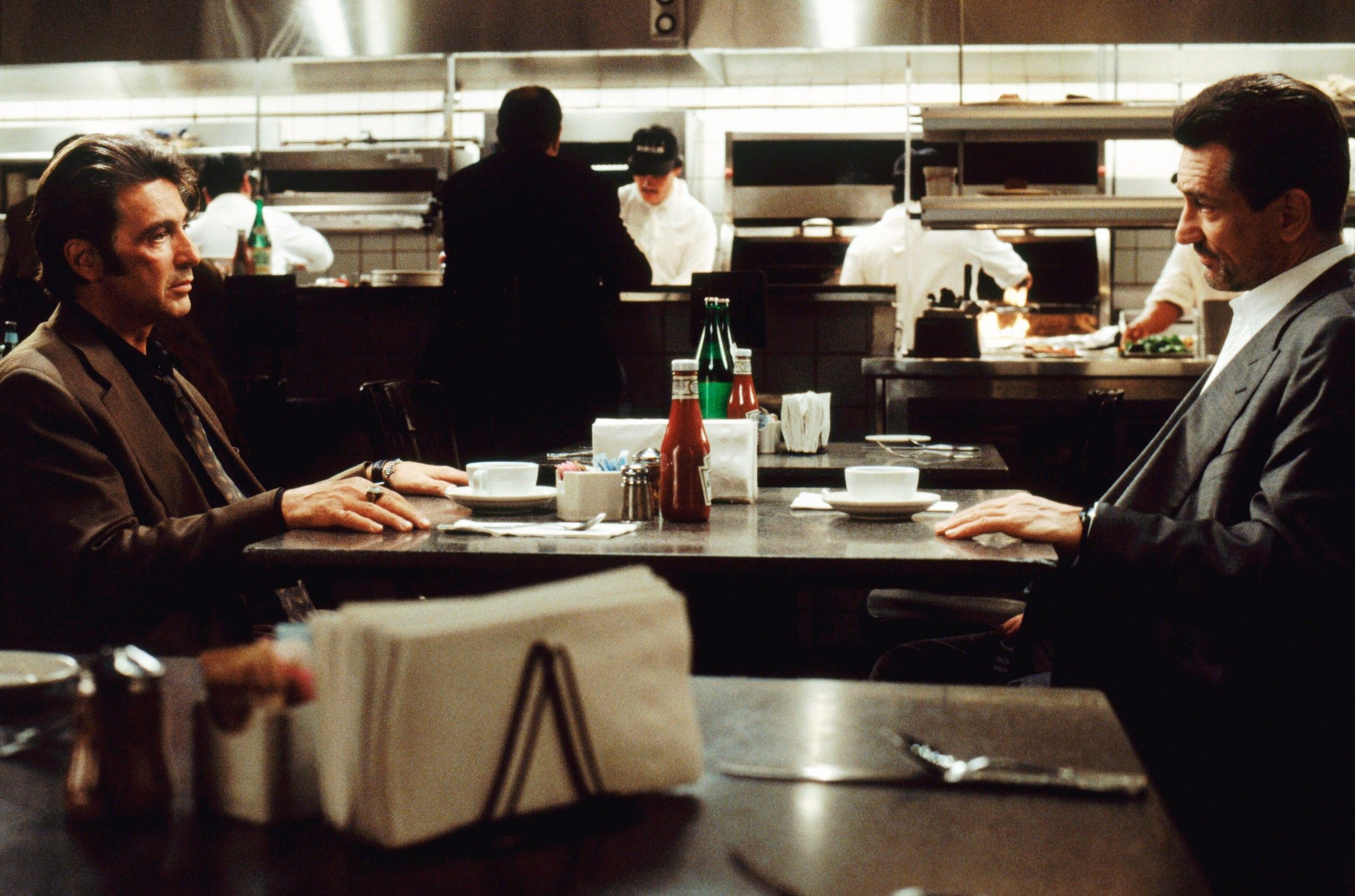
Due to its significance in the film, the restaurant Kate Mantilini has been a popular place for film fans to visit for some 25 years.
[rtk_adunit_top]
Sadly, after suffering some financial struggles the owners decided to close the restaurant down in 2014.
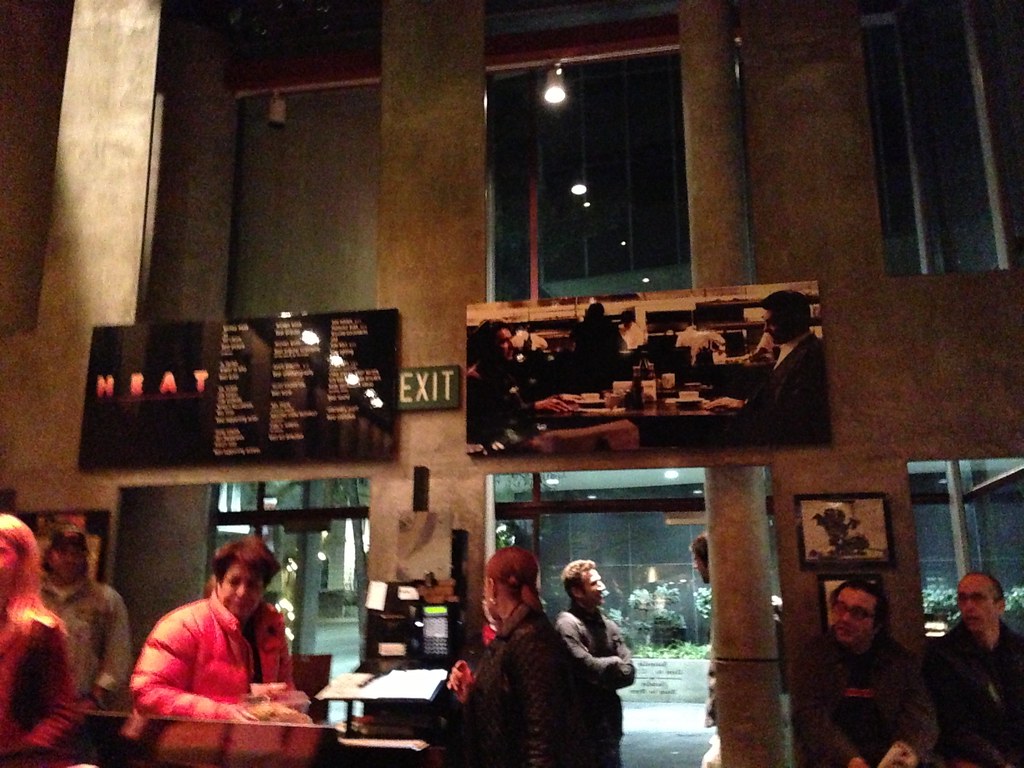
- Credit: Flickr
The restaurant was never subtle about its important place in movie history – the entrance featured a neon sign spelling out “heat” above the door.
[rtk_adunit_middle]
Inside, the restaurant also featured a poster of De Niro and Pacino in the iconic scene.
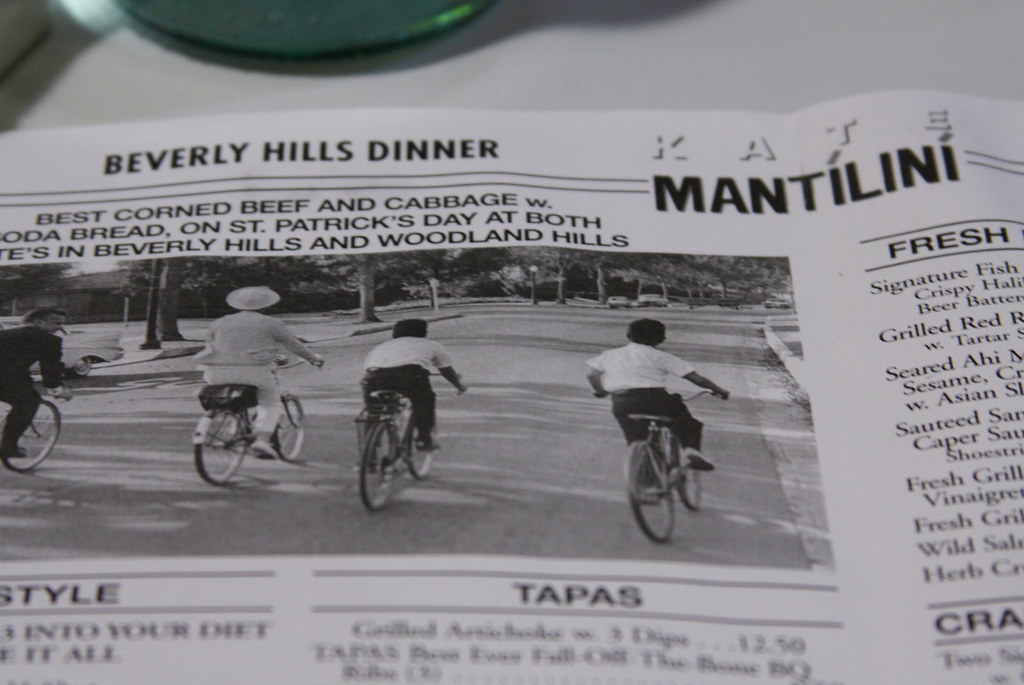
- Credit: Flickr
Diners could even request to sit at the exact same table where the two acting greats sat – table #71.
[rtk_adunit_bottom]
Another branch of Kate Mantilini in Woodland Hills remained open for a brief time after the Beverley Hills branch closed, but that too shut its doors for good in late 2014.
10. Jon Voight initially turned the film down

It’s hard to imagine anyone but Jon Voight as Nate in Heat – but he almost didn’t play the role.
[rtk_adunit_top]
After Mann approached him, Voight told the director that he believed other actors would be better suited to the role than him.
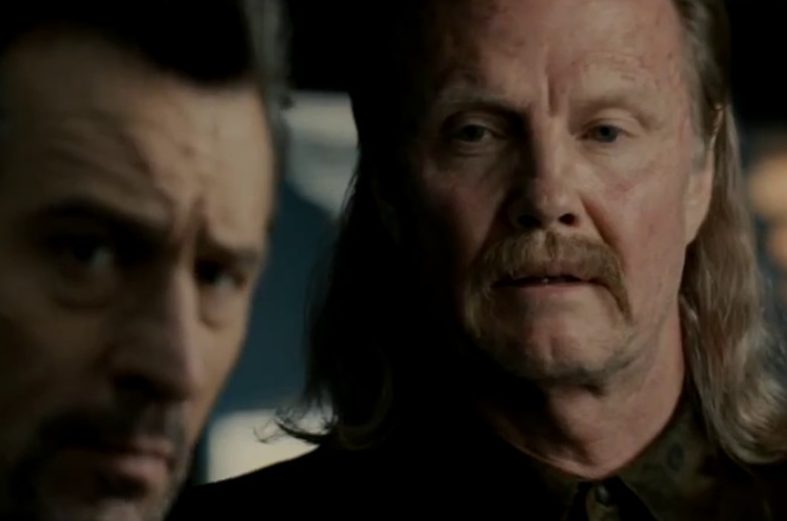
But Mann was adamant and told Voight that he was certain he was the man for the job.
[rtk_adunit_middle]
Mann had also always been keen to work with Voight and was doubly eager to get him on board for Heat.

Voight acquiesced and accepted the role in the end. Thankfully so – IMDb ranks Heat as Voight’s best movie appearance.
[rtk_adunit_bottom]
Heat was universally praised by critics – although strangely snubbed at the Oscars – so it’s likely Voight has no regrets in giving in to Mann’s demands.
9. Parts of the film have been used to train Marines
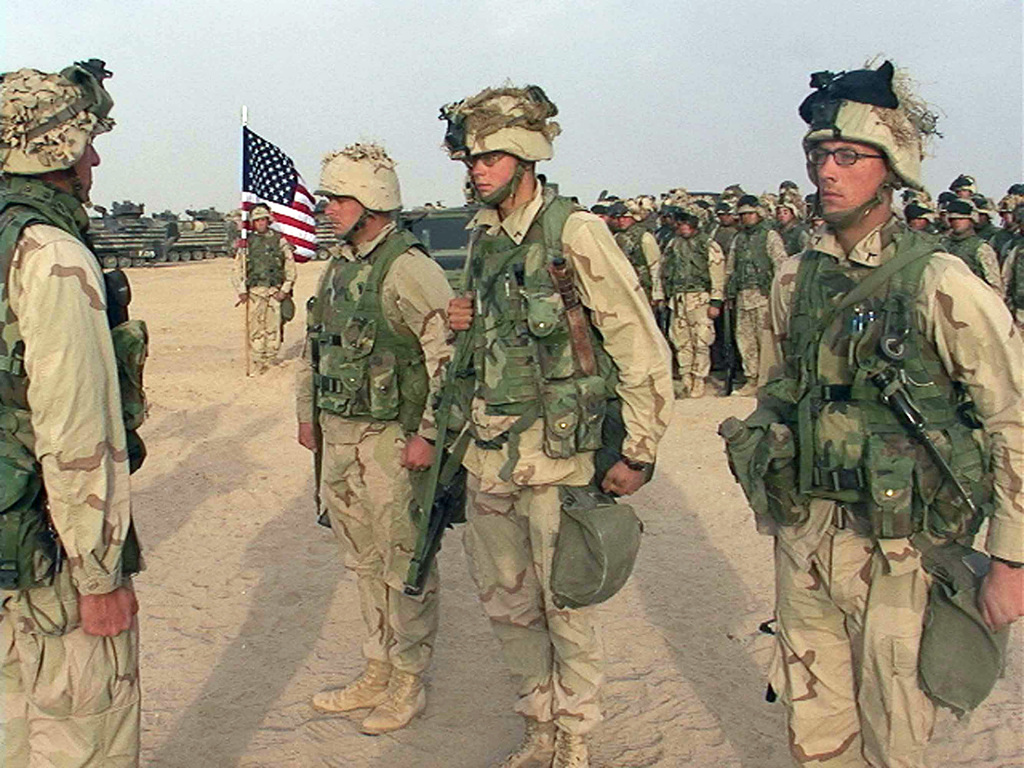
- Credit: LCPL James P. Aguilar, USMC
| via Picryl
Back in 2002, Marines were shown the showdown scene between the police and McCauley’s gang as part of a training exercise.
[rtk_adunit_top]
They were told that the scene was exemplary of how to correctly retreat when under fire.
In addition to this, the scene where Chris Shiherlis (Val Kilmer) runs out of ammo during a fight was also shown to Marines.
[rtk_adunit_middle]
The scene is apparently a perfect example of how to quickly but effectively load a new magazine into a machine gun.

Val Kilmer, unsurprisingly, was reportedly pleased to learn that one of his scenes had been used by the Marines.
[rtk_adunit_bottom]
It’s unsurprising that the cast were as precise as the real military: to prep for the film they were trained and advised by ex-British Special Air Service members Andy McNab and Mick Gould.
8. Al Pacino really did punch Henry Rollins in the face
Actor and rocker Henry Rollins appears in Heat as henchman Hugh Benny, one of Roger van Zant’s criminal accomplices.
[rtk_adunit_top]
At one point in the film, he gets involved in a brutal fight with Pacino’s volatile Detective Hanna.
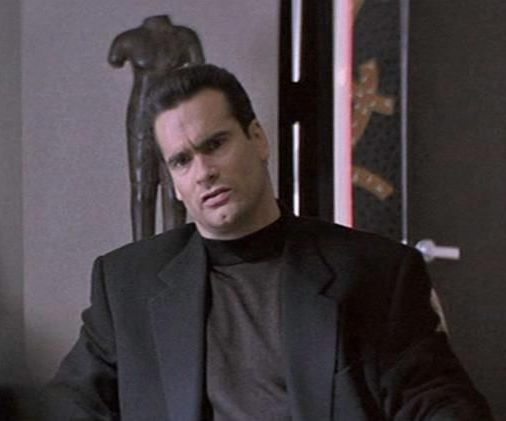
Benny is thrown through a glass window at one point, and a stuntman was duly used for that shot.
[rtk_adunit_middle]
But the rest of the scene is Rollins himself – and it resulted in the actor getting punched square in the face by Al Pacino.
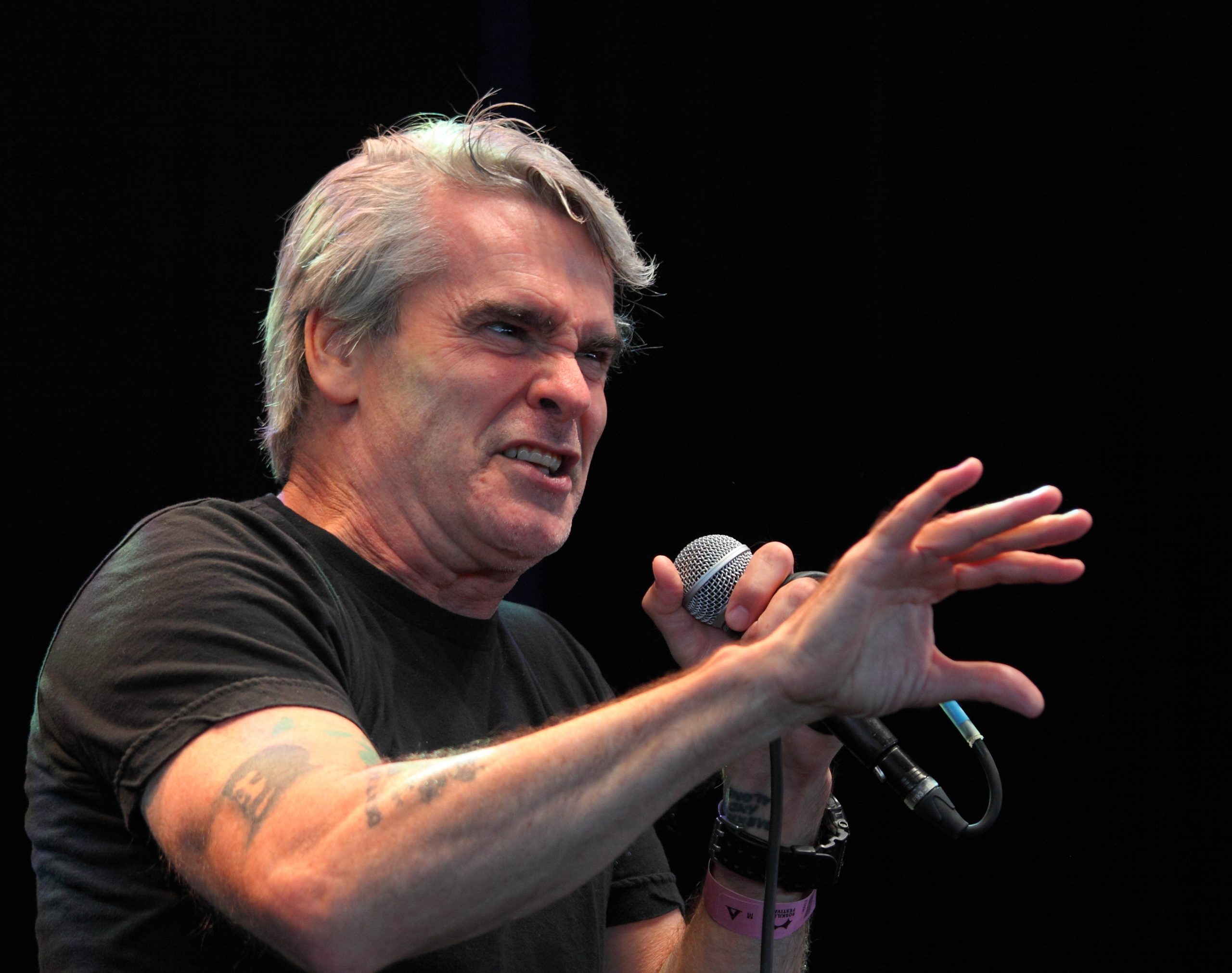
- Credit: Wikimedia Commons
Rollins recounted the time he was hit by the acclaimed actor in a 2015 interview with Yahoo Movies.
[rtk_adunit_bottom]
According to Rollins, Pacino didn’t want to hurt him, but Rollins was adamant that Pacino let loose. “So the next take he grabs me by my hair so hard I almost started crying and he hauls off and whacks me across the face to where I could feel it in my toes,” he recalled.
7. The truck that appears in the opening heist is named after Michael Mann’s children

Eagle-eyed viewers will notice that the movie’s opening heist scene features a tow truck with the word ‘RAJA’ written on its side.
[rtk_adunit_top]
Far from a random bunch of letters, ‘RAJA’ has a rather heartfelt meaning behind it.
‘RAJA’ is actually an acronym of director Michael Mann’s four daughters’ first names. Isn’t that sweet?
[rtk_adunit_middle]
One of Mann’s daughters, Ami Canaan Mann, actually worked on the film as a second unit director.
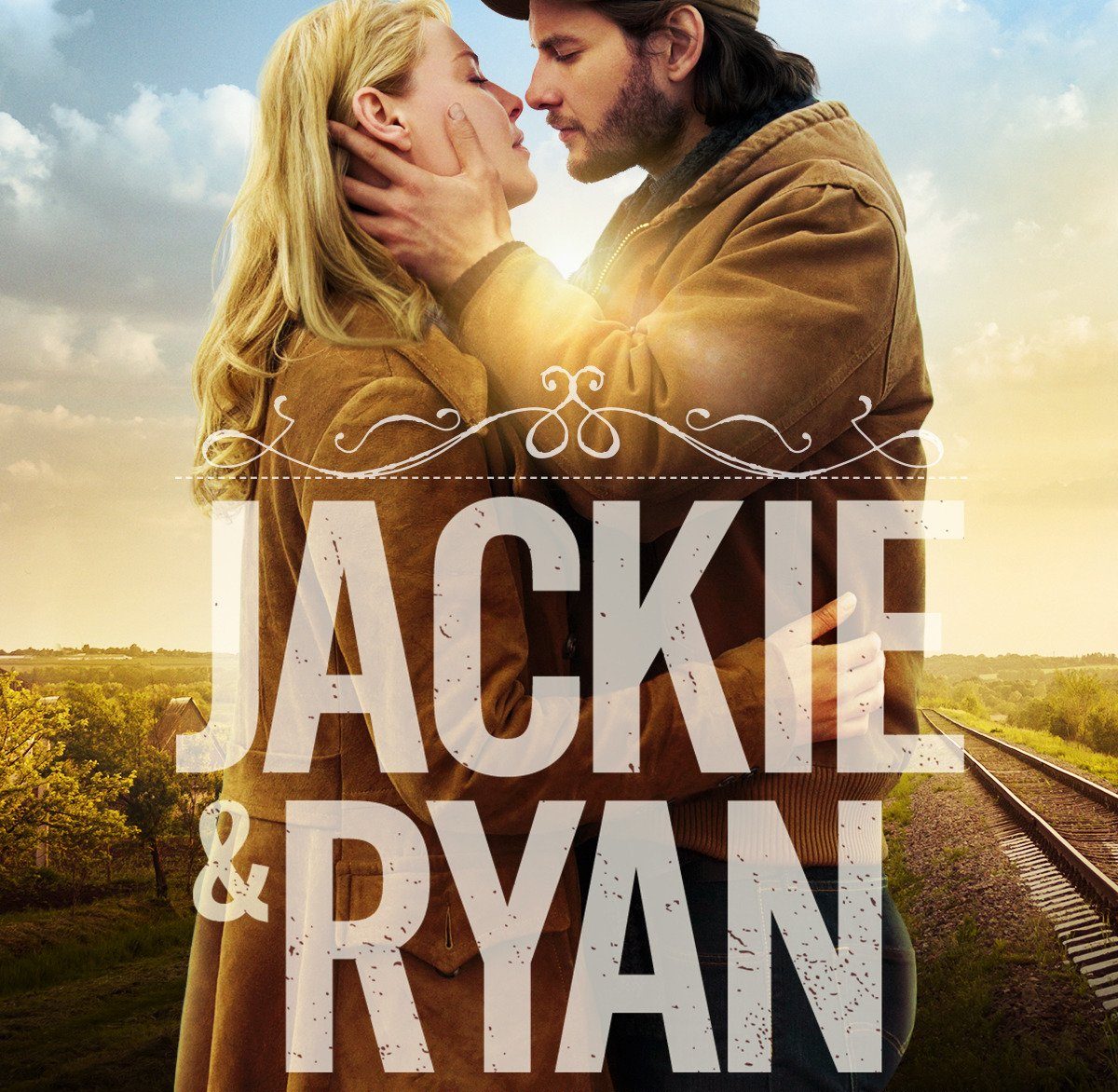
Ami has gone on to have a successful career, and has since directed many different projects for both film and TV.
[rtk_adunit_bottom]
Most recently, her 2014 romance film Jackie & Ryan screened in the Horizons section at the 71st Venice International Film Festival.
6. One shot pays homage to one of Mann’s favourite paintings

One of Mann’s favourite paintings is Pacific by 20th century magic realism artist Alex Colville.
[rtk_adunit_top]
The painting features a man gazing at the ocean out of a window while a gun sits on a table behind him.

Mann drew inspiration from the painting and essentially recreated it in one scene in Heat.
[rtk_adunit_middle]
The iconic scene in Heat is essentially the crux of the whole film, depicting Neil McCauley (De Niro) returning to his empty seaside home.
Mann did an excellent job of capturing the painting’s melancholy and sense of foreboding in the Heat scene.
[rtk_adunit_bottom]
Mann explained the relationship between the painting and the scene during a recent Q&A session: “[There] was a profound sense of maintained, sustained alienation and loneliness. That’s how it affected me in the painting so I took great pains to recreate it.”
5. Mann chose to film the climactic scene in an airport because it looked “surreal”
The film’s iconic ending is shot at LAX, where McCauley and Hanna have a final face-off on the airport runway.
[rtk_adunit_top]
Mann chose to end the film in such a liminal location as he appreciated the slightly “surreal” effect it had.

“I wanted to find a landscape that was so transient that it started to achieve a surreal effect on you but still maintained the gritty reality of the movie,” Mann told Deadline in 2015.
[rtk_adunit_middle]
“For me, it’s always the couple hundred yards before the runway starts at airports,” he said.
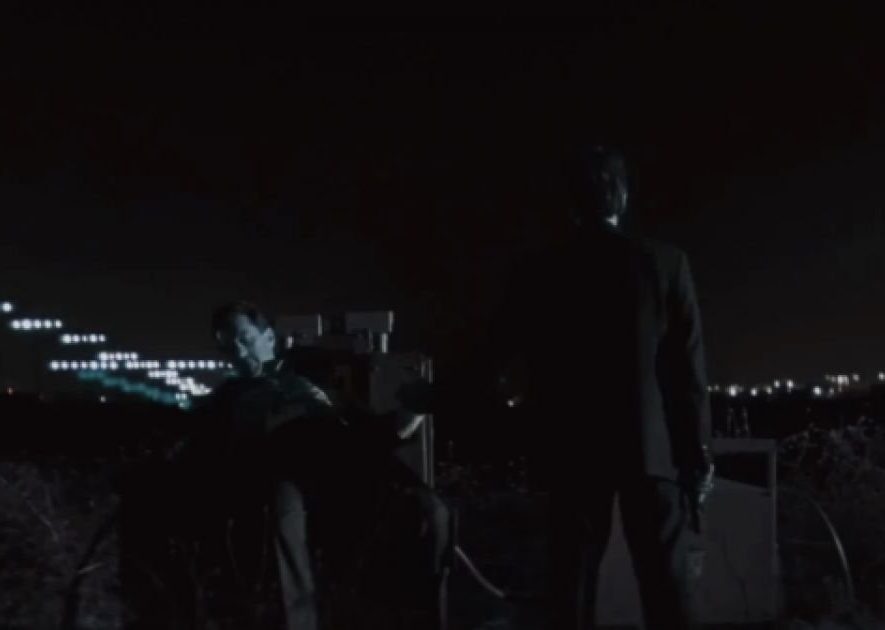
“Most people don’t go there; it’s a place where transients populate. There are towers, those orange and white buildings.”
[rtk_adunit_bottom]
“I’m just attracted to places like that. The edge of runways, with those blue lights in them for example, they’re quite beautiful at dusk or at night. They’re part of our urban landscape but they have an unusual quality.”
4. Amy Brenneman was initially against taking a role in Heat because of all the violence

Amy Brenneman dazzles in Heat as McCauley’s love interest Eady – but she almost didn’t take the part at all.
[rtk_adunit_top]
Mann was keen to have her sign up for the film after he’d seen her performance in TV drama series NYPD Blue.

But Brenneman didn’t feel the script was a good fit for her, given the excessive use of guns and violence in it.
[rtk_adunit_middle]
She recalled her initial reaction to the script with the Huffington Post and claimed she didn’t want to do a “men and guns” film.
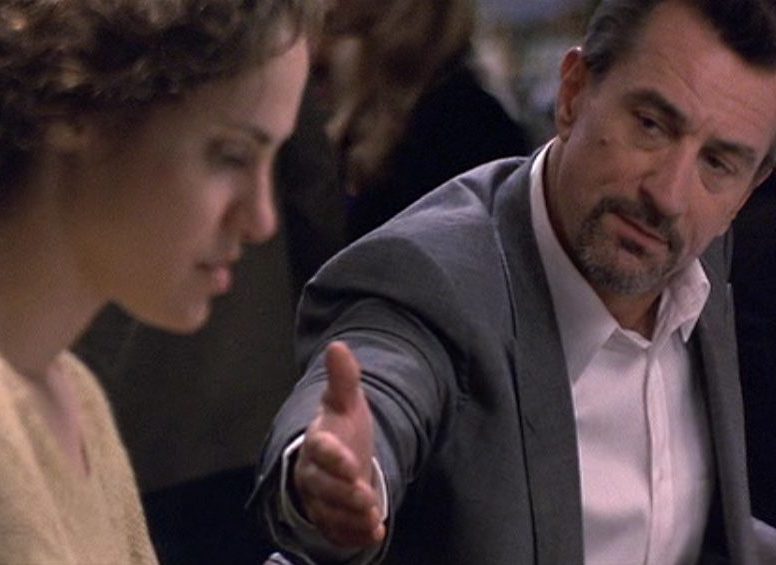
Mann knew the actress could be persuaded, however, and asked to meet with her despite her initial negative feelings towards the script.
[rtk_adunit_bottom]
Mann asked her why she didn’t like the script, to which Brenneman said “I’m sick of men and guns. I don’t understand why they don’t sit down and talk.” Mann then explained that such an attitude made her all the more perfect to play Eady.
3. Al Pacino ad-libbed one of the film’s most memorable lines
One of the film’s most memorable lines comes during the scene where Pacino’s character interrogates Alan Marciano (Hank Azaria).
[rtk_adunit_top]
When Azaria asks out loud why he ever got mixed up with “that b*tch,” Pacino screams“’cause she’s got a great a*s! And you got your head all the way up it.”
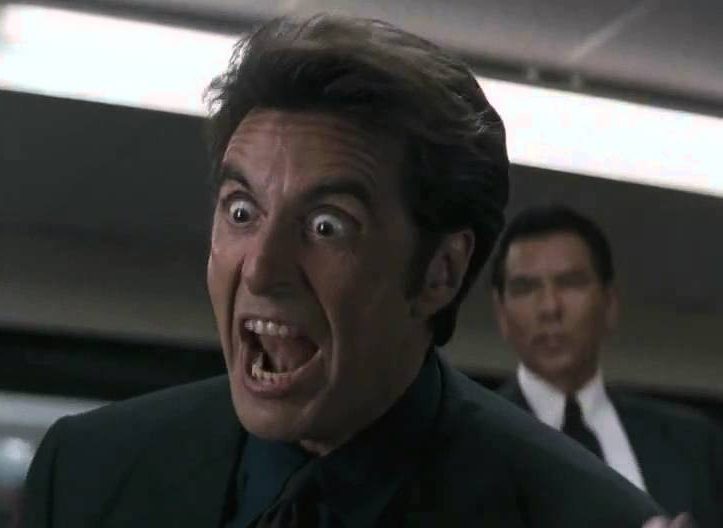
Despite this line becoming one of the most memorable to come out of the film, it wasn’t scripted.
[rtk_adunit_middle]
Pacino’s ad-libbing worked perfectly. Azaria’s stunned expression and total speechlessness is genuine, as he had no idea what Pacino was doing.

If you listen closely you can hear Azaria say “Jesus” – a line which he admitted to AV Club in 2011 was said “as Hank” and not in character as he was genuinely so shocked by Pacino’s outburst.
[rtk_adunit_bottom]
“Al kind of yelled it for the first time, and he did it so completely out of nowhere that it scared me,” he recalled.
2. It was only Natalie Portman’s second film
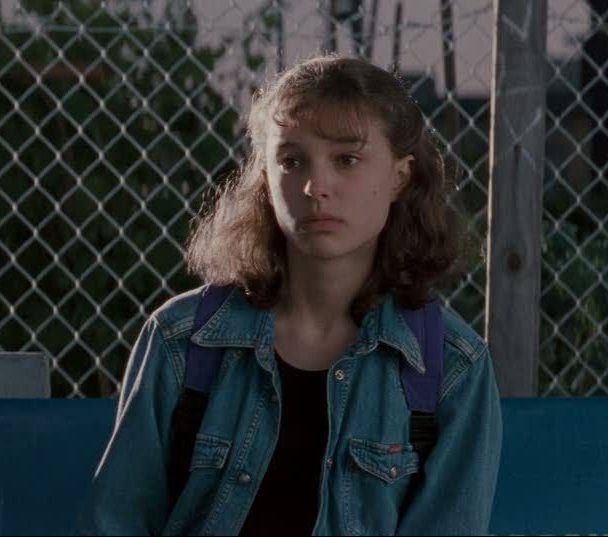
Future star Natalie Portman made her silver screen debut in Luc Besson’s 1994 film Léon: The Professional.
[rtk_adunit_top]
The film follows the story of Mathilda (Portman), a 12-year-old girl who moves in with a hitman when her entire family is killed during a drugs raid.

Portman was only 13 at the time, but was praised for her performance and the film turned out to be a success.
[rtk_adunit_middle]
Portman was still only 14 years old when she appeared in Heat just the following year.
https://www.youtube.com/watch?v=ds2xG7B_znk
She appeared in the film as teenager Lauren Gustafson – the stepdaughter of Al Pacino’s Hanna.
[rtk_adunit_bottom]
She appears in one particularly moving scene where Pacino saves her life after a suicide attempt.
1. Nate was based on a real-life criminal-turned-actor
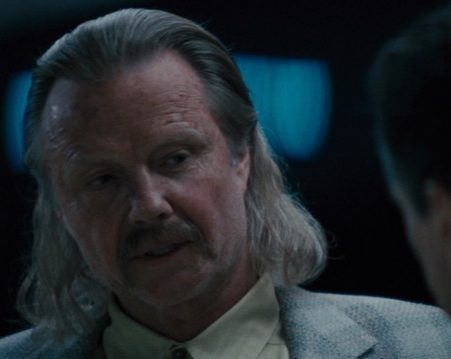
Jon Voight’s character Nate was reportedly based on Edward Bunker, a career criminal who eventually pivoted to an acting career.
[rtk_adunit_top]
Bunker had an incredibly turbulent early life and got involved in the world of crime at a young age.
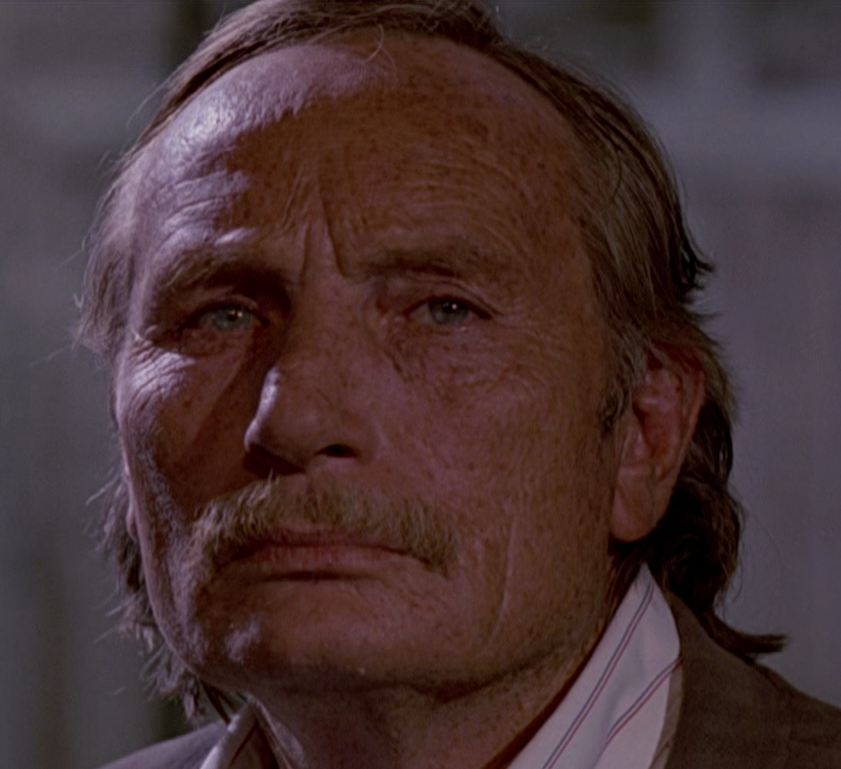
He ended up in San Quentin State Prison at the age of 17, making him the prison’s youngest ever inmate.
[rtk_adunit_middle]
He spent the first half of his life making headway as an author while he dropped in and out of prison on various charges.

Then in the 1980s, Bunker tried his hand at writing screenplays and began appearing in minor film roles.
His best-known role is most likely Mr Blue in Quentin Tarantino’s 1992 film Reservoir Dogs, a criminal who ends up killed during the centrepiece heist. Bunker also acted as a consultant to Mann for Heat.
[rtk_adunit_end]

